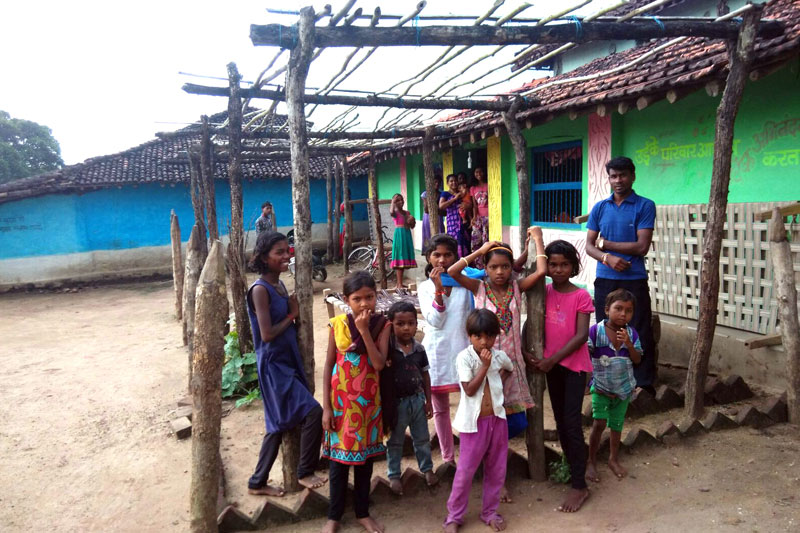Where We Work
Pench National Park
The forest which inspired Rudyard Kipling’s The Jungle Book, Pench Tiger Reserve is home to a diversity of wildlife and the Pench river which feeds the reservoirs of many major cities in central India. Being one of the large areas of green cover in our country, it is imperative to our economic, water and food security that we preserve it.
Named after the river that meanders through it, Pench Tiger Reserve straddles the boundary of Madhya Pradesh and Maharashtra. It is 1499 sq km of land with a buffer zone of 830 sq km.
The Pench landscape is important because it connects several other large forest areas in central India through forest corridors.
These green corridors enable the free and safe movement of animals over the larger landscape, thereby increasing their stomping grounds, access to food and shelter, and allowing biodiversity to flourish while minimizing human-animal conflict.
Eye on the Tiger
The tiger is India’s flagship species; the health of the forest can be measured through the health of the its population. The tiger becomes our barometer for not just the survival of the forests, but our economic, food and water security as well.
Today, the central Indian landscape is home to 40% of our tiger population, however with increased degradation of forest cover, it is becoming clear that the tiger struggles to survive.
The interconnectivity through forest corridors is key to helping the tiger survive because they allow safe passage between different green covers.
That connection has now become increasingly vulnerable and fragmented due to encroachment and expansion due to high human use.

Who We Work With
In order to address the issue of depletion of forests and degradation of forest corridors, we work in villages, which border the Pench Tiger Reserve and its forest corridors. These communities are mainly made of people who belong to the Gond tribe.
Their unique culture stems from their historic relationship with the forest. Although many of the Gond tribals are now Hindu, they also practice animism, where they worship wildlife. Their art, music and folklore are richly influenced by forest life.
For centuries, they have lived symbiotically with the forest, taking what they need and working with the natural flora and fauna to fulfill their needs for food and shelter.

Today this population, like so many other tribal populations that live near our nation’s forests, is marginalized, putting them at cross purposes with their immediate environments.
CWT aims to help them sustain their way of life while also preserving the forests, helping them move from competitor to custodian of the forest. Thanks to support from the Pench Madhya Pradesh and Maharashtra Forest Departments, CWT first started working with this population in 2013.
Slowly over the years we have become a part of these communities, helping to bring them new opportunities for livelihood which are complementary to the forest, educating them on the need for forest protection, and bringing healthcare and other services to their homes and schools.

Local to National
We believe that these local communities will develop a sense of custodianship towards the forest as they become more economically self-reliant and ecologically mindful.

Eventually, the success achieved with the program may be replicated in other villages of protected areas around the country and may be translated into policy, setting the roots of our work more firmly into the ground.

